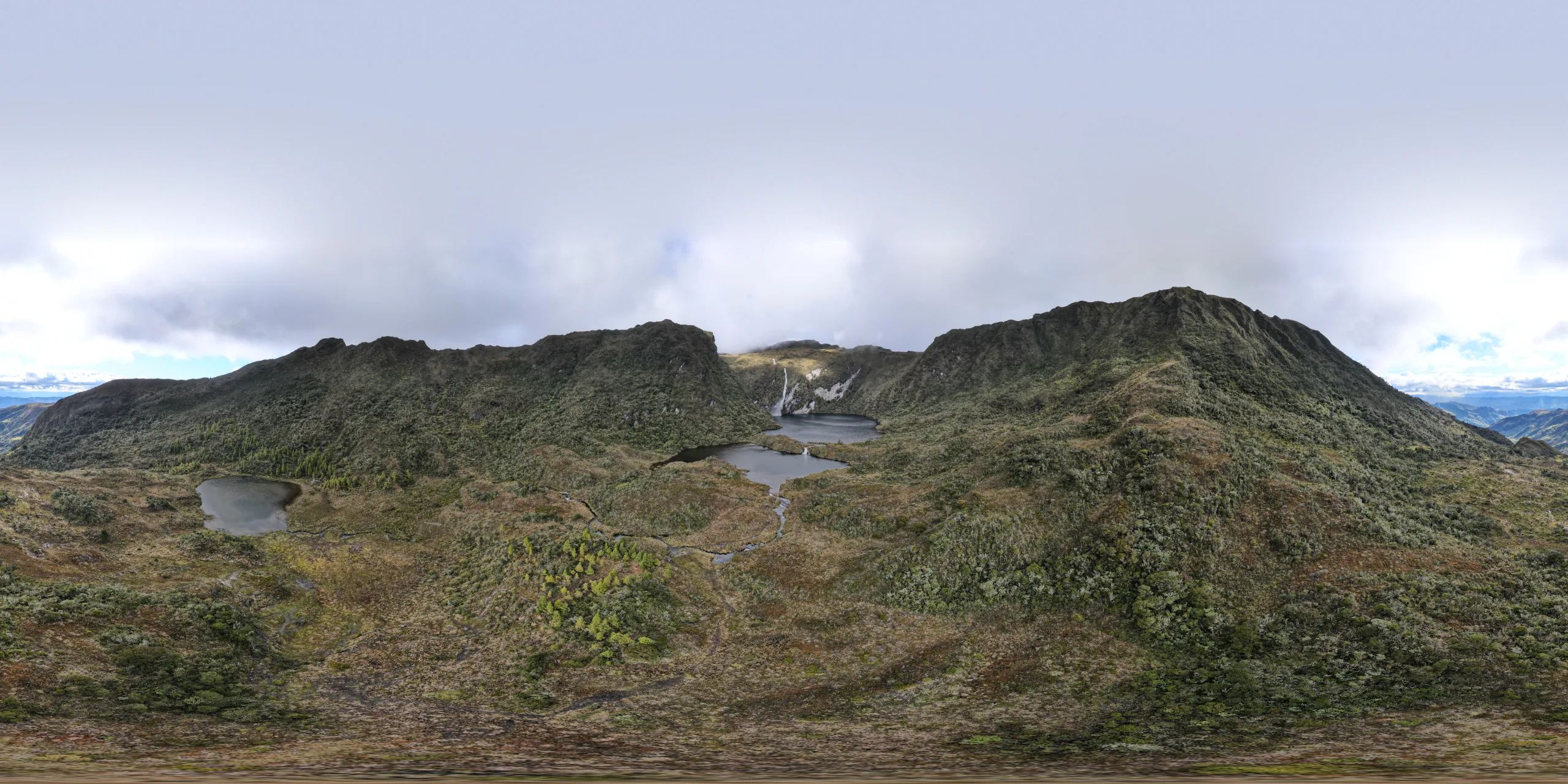Chordeleg Conservation Area Protects A Natural Treasure
01/18/2024
The Chordeleg Municipal Conservation and Sustainable Use Area has been established in southern Ecuador, achieving a historic milestone for the region of Chordeleg. The area encompasses 16,283 acres of protected páramo and montane forest across the Azuay province.
This new protected area, located in the Eastern Cordillera Real near the towns of Principal Delegsol, Puzhío, and La Unión, is strategically positioned at the meeting point of the eastern slope of the Andes and the Amazon Rainforest. It encompasses diverse ecosystems and remarkable biodiversity, alongside the protective zones of Río Shío-Santa Bárbara and Collay. Additionally, it is part of the internationally recognized Sangay Podocarpus Connectivity Corridor, designated as a Key Biodiversity Area (KBA).
Although little is known about this area in the scientific community, experts are quick to highlight its ecological uniqueness and natural richness. The Chordeleg Conservation Area is considered a biodiversity hotspot and it harbors a wide variety of flora, avifauna (bird species), mastofauna (mammal species), and herpetofauna (amphibian and reptile species) in its extensive páramos and forests.
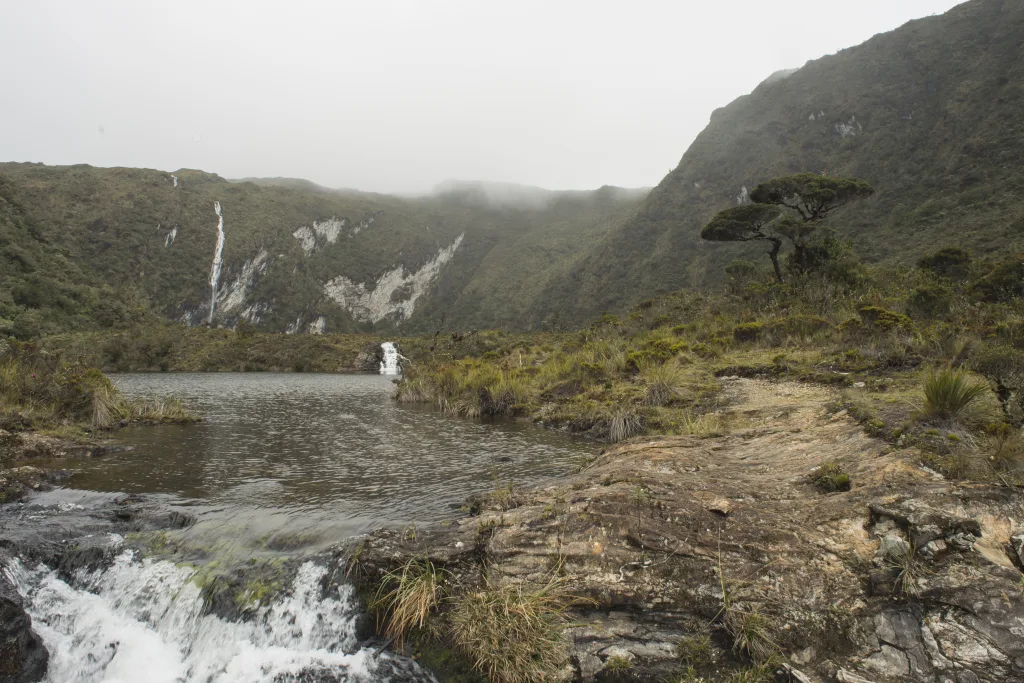
Chordeleg protects endemic and endangered species
The Chordeleg Conservation Area’s natural ecosystems serve as a refuge for wild species, many of which are unique to the region and are at risk of extinction.
According to the book “Chordeleg, Una Joya Natural” (Córdova et al., 2023), the first publication on the biodiversity of the area, a total of 314 species have been recorded: 213 plant species, including 3 new orchid species, 26 mammals, 68 birds, 5 amphibians, and 2 reptiles. Of these, 12.7% are endemic, meaning they are found exclusively in this region or country.



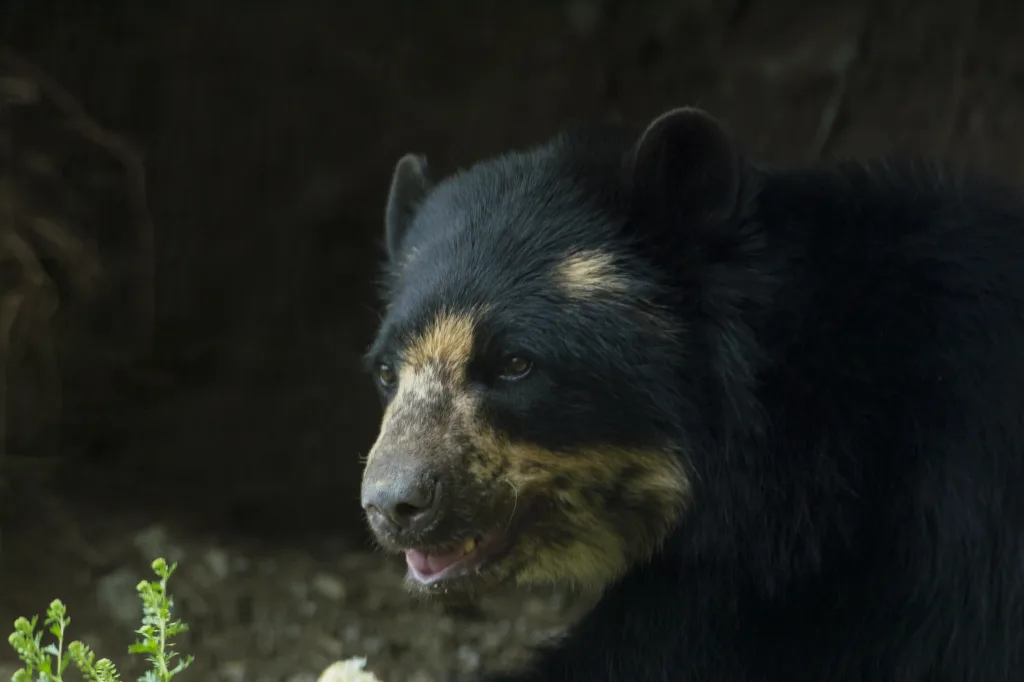
Download the book here: “Chordeleg, Una Joya Natural“
This publication also analyzes the conservation status of species, determining their risk of extinction.
The species facing the greatest threat are amphibians, mainly due to the Rainbow Trout and diseases like chytridiomycosis. For instance, the Cuenca Stubfoot Toad (Atelopus bomolochos) is categorized as Critically Endangered and believed to be extinct. Sadly, for reptiles, the limited understanding of their biology has resulted in their decline due to their perceived venomous nature.
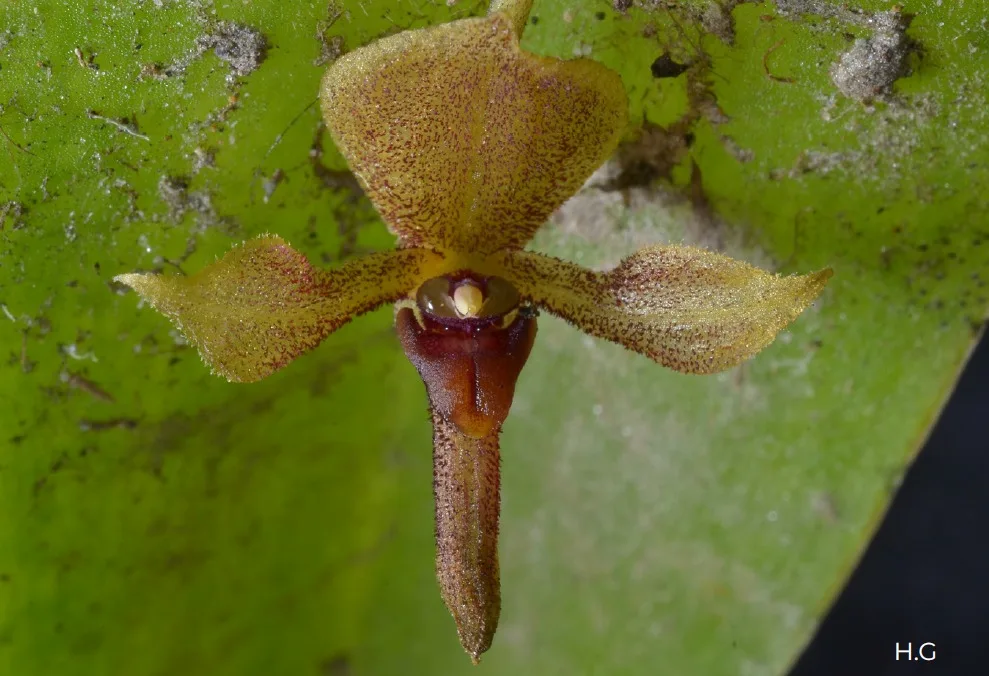
Other vulnerable and Endangered species include the Andean bear (Tremarctos ornatus), the mountain tapir (Tapirus pinchaque), the white-tailed deer (Odocoileus virginianus), the puma (Puma concolor), the northern pampas cat (Leopardus garleppi), the reddish mountain mouse (Thomasomys auricularis), the oncilla (Leopardus tigrinus), the Andean fox (Lycalopex culpaeus), and the small red brocket deer (Mazama rufina). As for birds, three are considered Endangered, and the remaining 65 species are classified as Least Concern according to the Red List of birds in Ecuador (Freile et al., 2018). Regarding flora, two have been categorized as Endangered, six as Vulnerable, and six as Near Threatened.
Conservation of Natural and Cultural Wealth
Jewelry designed and crafted in gold is an important local art form in the Chordeleg region and has been passed down through the generations. Local artisans are world-renowned for their beautifully-crafted gold jewelry and many now incorporate natural motifs into their craft, acknowledging the unique biodiversity of the region.
“Here, you find tourist spaces, precious water sources, and the many species we coexist with. The opportunities for development and the viability of our cities increasingly depend on the protection of the natural ecosystems they are connected to,” Fabián Rodas of Nature and Culture shares.
The Municipal Decentralized Autonomous Government of Chordeleg established the Conservation and Sustainable Use Area in collaboration with Nature and Culture and the Collay Consortium, thanks to the financial support of Rainforest Trust. The ordinance approved by the Chordeleg Cantonal Council on January 9, 2024, includes the official limits of the area, incentive and penalty mechanisms, as well as financing for continuous monitoring, surveillance, and management.
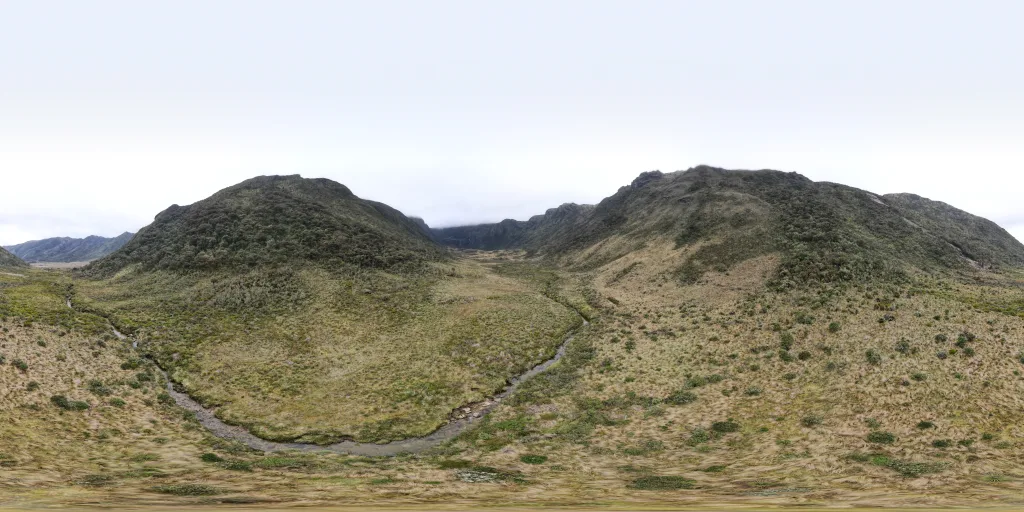
Utilizing this strategy, the Chordeleg region will conserve its páramo and forests and provide critical ecosystem services such as water regulation, water supply for nearby populations, climate regulation, carbon capture, and soil protection, among others, ensuring its legacy for future generations.
